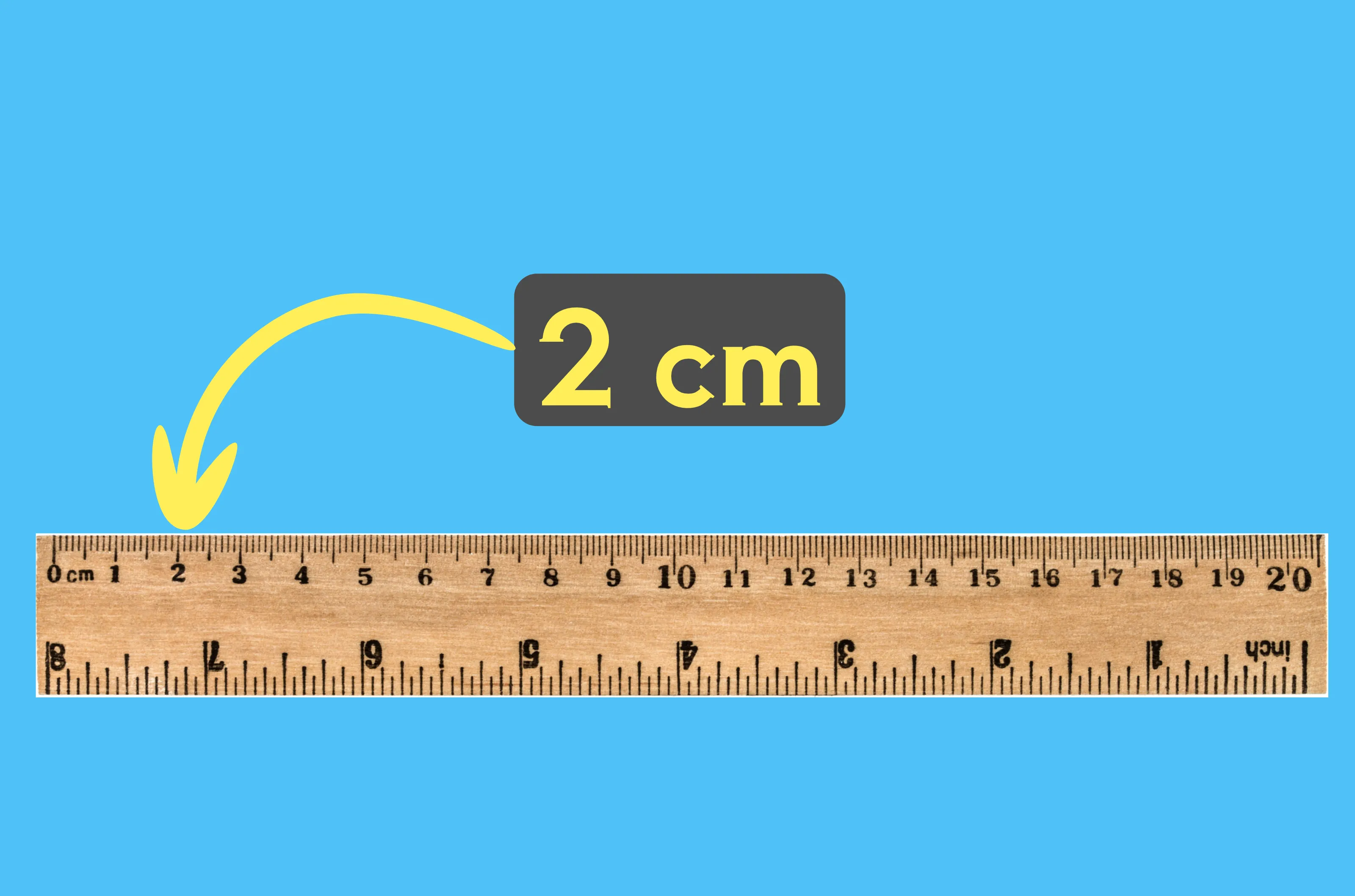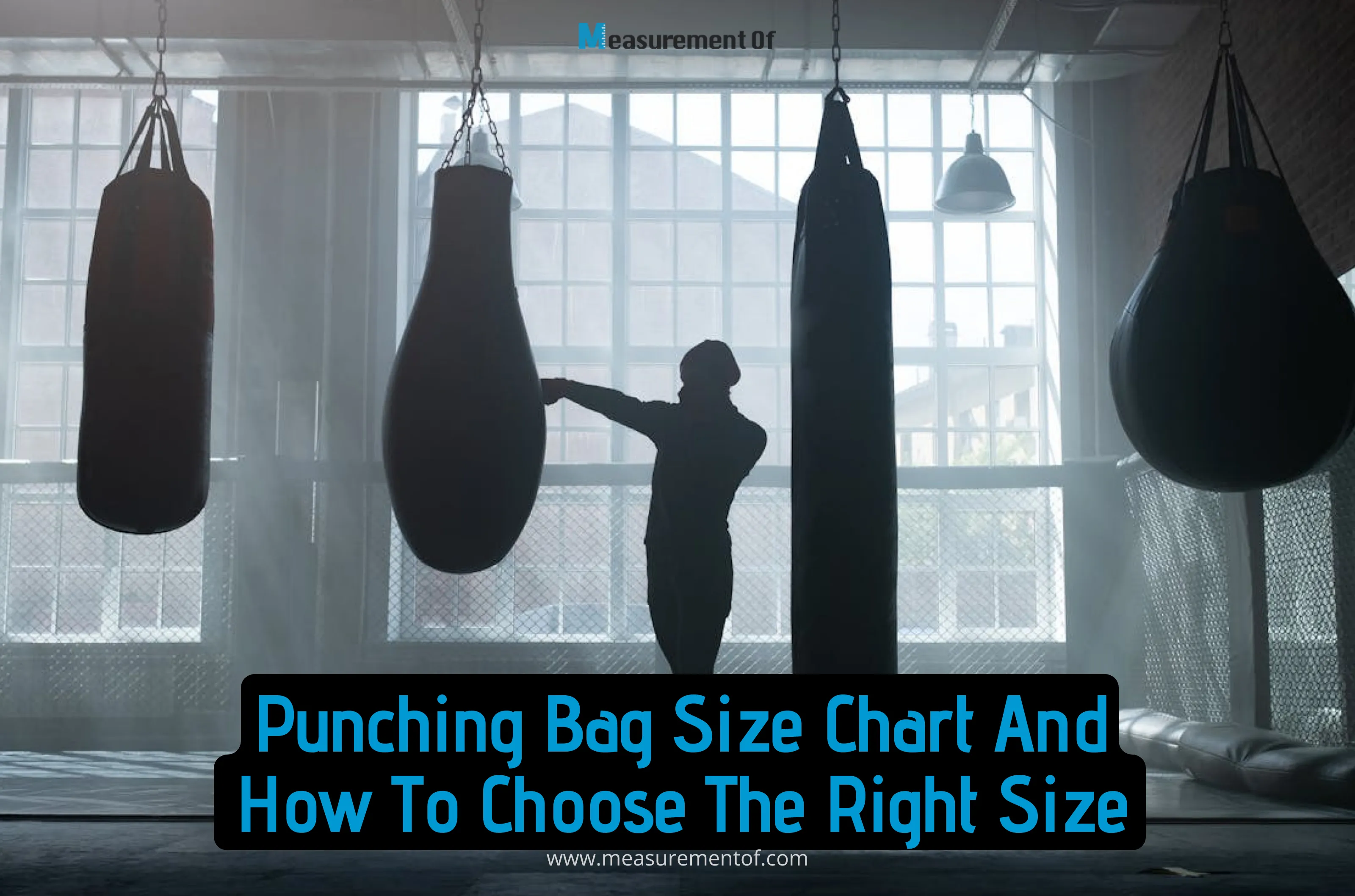Standard Shipping Container Size Guide
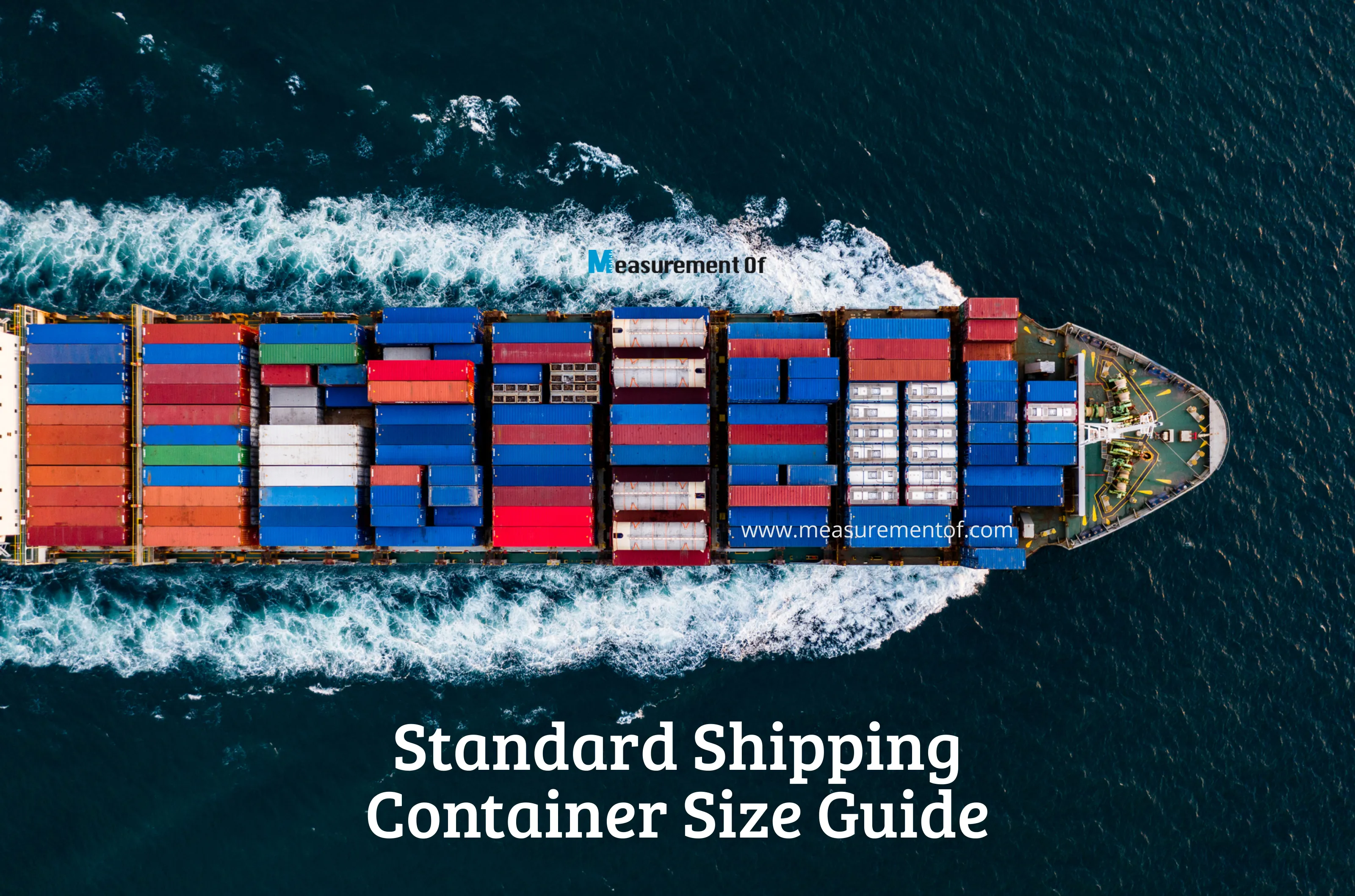
Standardization of containers has changed the way the shipping industry works. It has made things easier. If you are here, a tiny hint of curiosity is working for the subject. Continue reading to learn about the standard shipping container size from this guide.
Standard Shipping Container Features
Shipping containers are distinguished by two characteristics: size and type. A standard shipping container should have these features mentioned below.
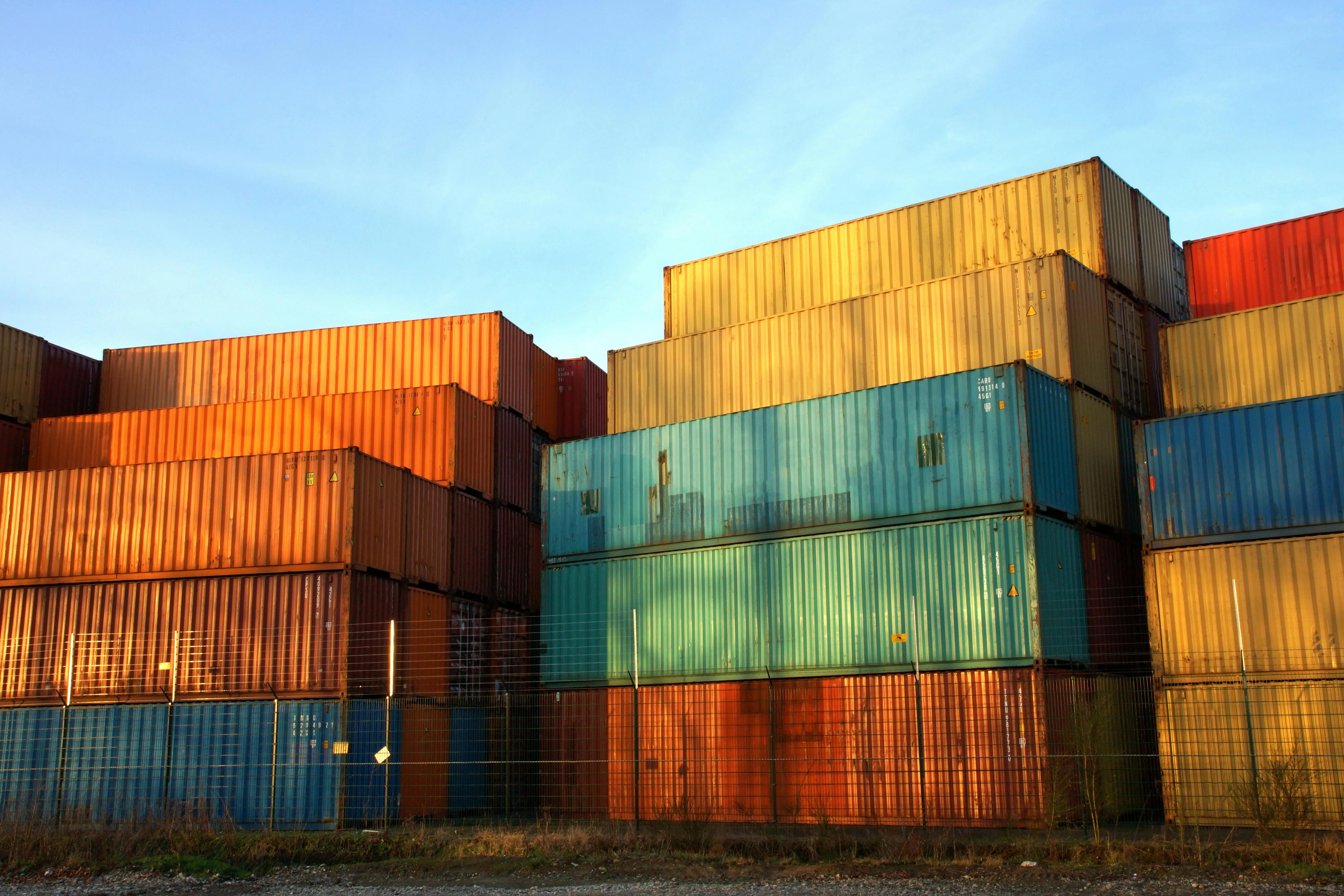
Image by Tom Van Dyck from Pexels
Container types
- Single-trip containers: They are used for transportation. These can be used for anything, and they have minimal tears.
- Used containers: These are recycled containers used for carrying ferry cargo. Their lifetime is about 15 years; after that, they are discarded. They are more budget-friendly, but they do need good maintenance. You may find rust, dust, patches, and tear in them.
- Modified containers: These are customizable containers. Sellers often take these orders and modify the size and function to match the client's requirements.
Container sizes
Standard ISO containers
- The ISO containers are more available to local dealers. They are water-resistant and airtight to protect the cargo from external damage. The containers are built with steel with a hint of aluminum to support a higher payload.
- The standard width and height are 8 feet and 8.5 feet respectively. There are also 20-foot and 40-foot containers, having a payload capacity of 25,000 kg (55,126.9 lbs) and 27,600kg (61,200 lbs), respectively.
High cube containers
- High cube containers have an extra height of 9.5 feet compared to the standard height of 8.5 feet. A higher ceiling ensures more ventilation and circulation.
- The 40-foot high cube container has a payload capacity of 28,600 kg (63,052 lbs.).
Special containers
- These are customized containers for certain applications.
- There are different kinds of special containers like Reefer containers, Open top containers, double door containers, flat rack containers, and many more. All these are built with special features to fit the client's work profile.
Difference Between Standard and Special Shipping Containers
Standard containers are the common types of shipping containers available in two sizes. The customers must fit their needs in the two sizes of 20 feet and 40 feet. But how big is 20ft or 40 ft? Here are some references for 10 ft length that you can use to make an educated guess.
The special shipping containers, however, are available in several types of sizes. They are designed according to the client's requirements.
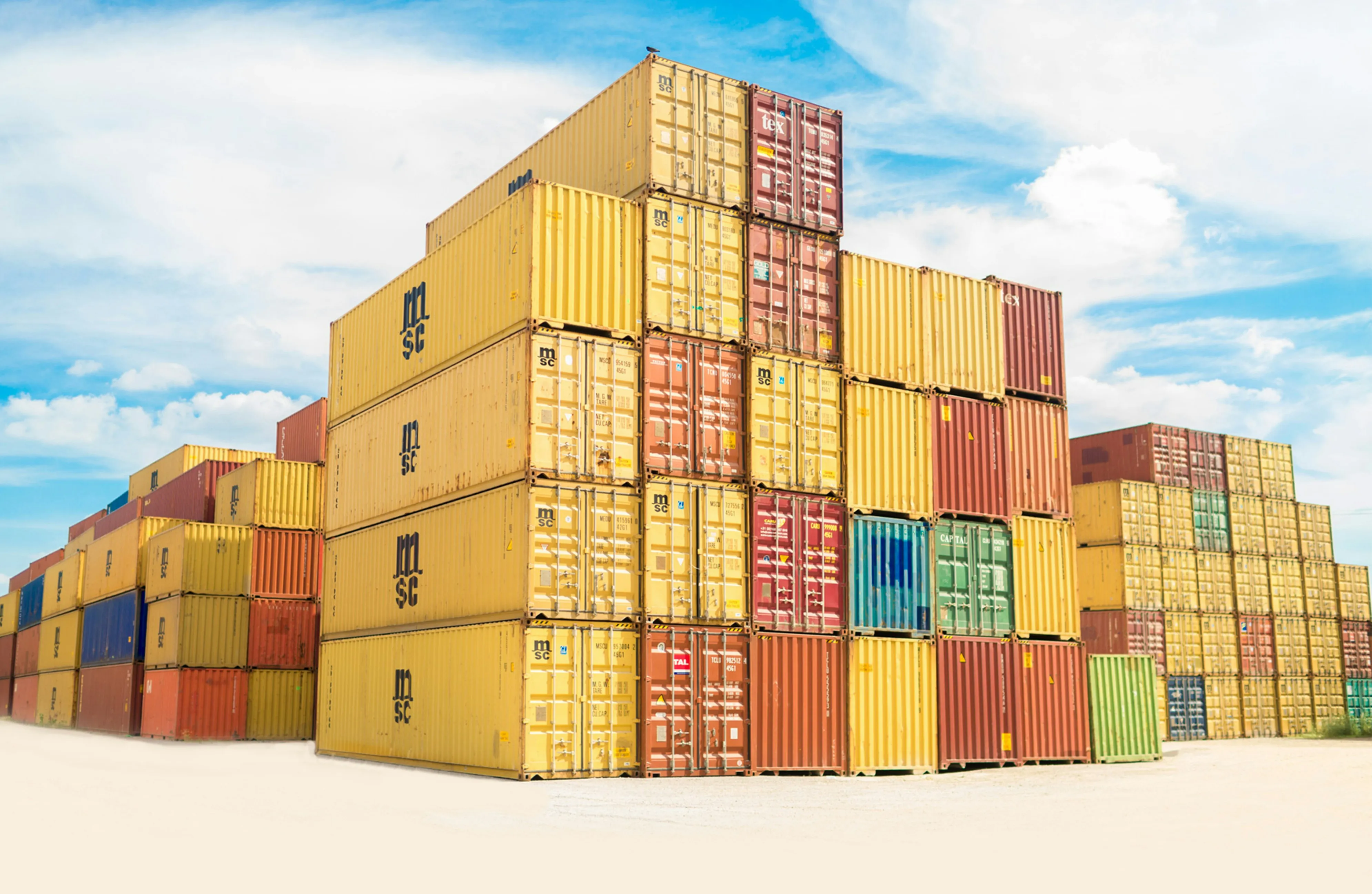
Image by frank mckenna from Unsplash
The standard container dimensions of 20ft and 40ft shipping containers are 5.9 m(L) x 2.35 m (W) x 2.59 m (H) and 12.03 m (L) x 2.4 m (W) x 2.39 m (H), respectively. In the case of special shipping containers, there are several container types and dimensions to choose from. For instance, a reefer container, which has refrigerated cargo, has dimensions 5.44 m (L) x 2.29 m (W) x 2.27 m (H) for 20 ft and 11.56 m (L) x 2.28 m (W) x 2.25 m (H) for 40ft.
The dimensions of reefer containers are somewhat close to the standard shipping containers, but they have a huge difference in their features. For instance, the container is powered by a generator to provide electricity. When they are on the road, it is powered by fuel. There are other types, double door containers with two built-in doors and open-top containers with an open top covered in tarpaulin sheets.
The standard containers are affordable owing to their basic features. The shipping container price ranges depending on its features.
Size Guide for ISO Containers of Different Sizes
ISO containers come in three standard sizes: 20ft, 40ft, and 40ft high cube. Let me show you the size guide for the different sizes of the ISO Containers.
Dimensions of 20ft Dry Container
The 20ft container is used for dry cargo like paper, grains, raw materials, etc. The 20 ft is popular due to its smaller size. It can be loaded and unloaded very easily without requiring lifting equipment. This is ideal for low cargo loads.
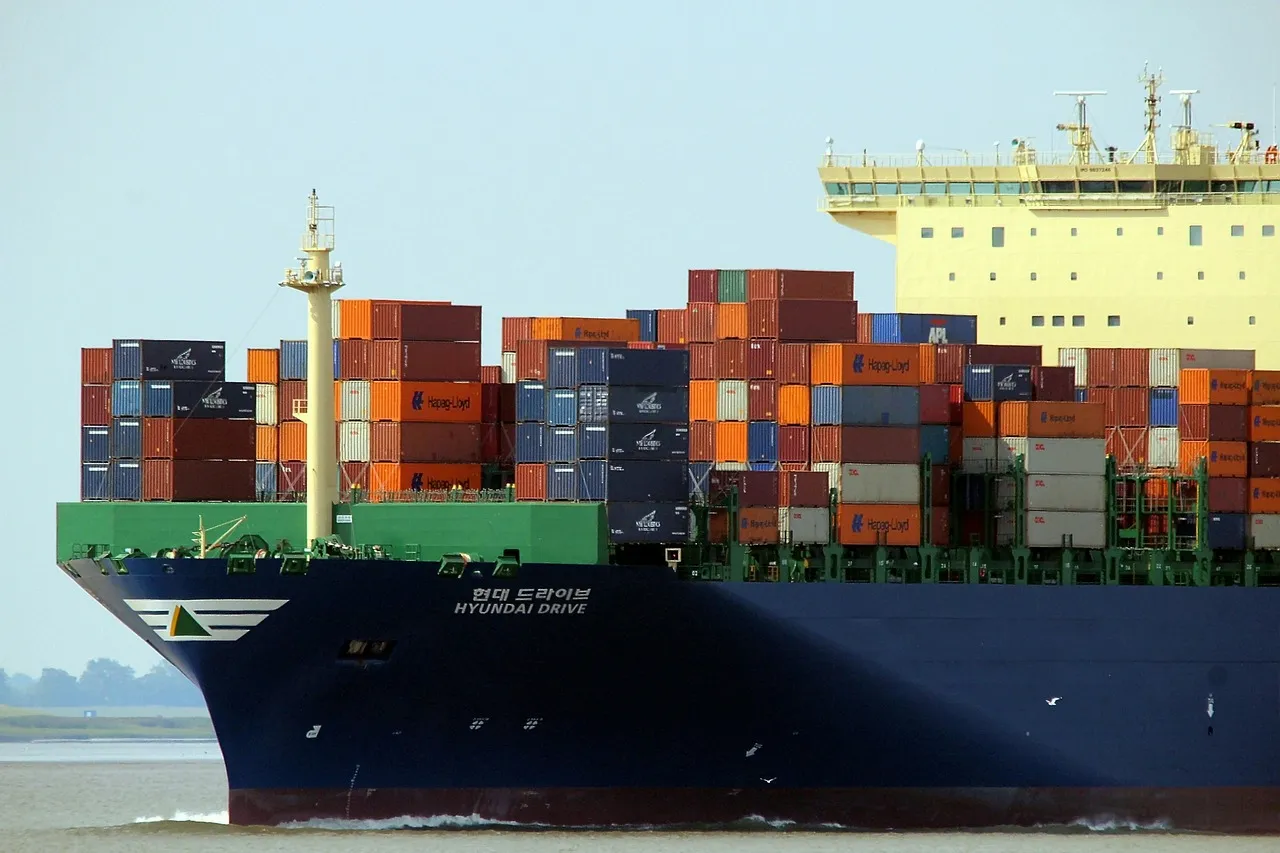
Image by Frauke Feind from Pixabay
Here are the dimensions of the 20 ft container for you:
| Measure | 20ft |
|---|---|
| Internal length | 5.9m / 19.4ft |
| Internal width | 2.35m / 7.7ft |
| Internal height | 2.39m / 7.9ft |
| Tare weight | 2,300kg / 5,071.5 lbs |
| Payload capacity | 25,000 kg / 55,126.9 lbs / ~28 tons |
| Cubic capacity | 33.2 m³ / 1,172 cu ft |
The 20ft containers are affordable and can be found almost anywhere.
Dimensions of 40ft Dry Container
The 40 ft is also used for transporting dry goods. You can term this as the larger version of the 20 ft container. The best part is it is approximately about thirty percent more expensive than the 20 ft container with double the space.

Image by Teng Yuhong from Unsplash
Here are the container dimensions of the 40 ft container:
| Measure | 40ft |
|---|---|
| Internal length | 12.03m / 39.5ft |
| Internal width | 2.35m / 7.7ft |
| Internal height | 2.39m / 7.9ft |
| Tare weight | 3,750kg / 8,268.8 lbs |
| Payload capacity | 27,600kg / 61,200 lbs / ~30.5 tons |
| Cubic capacity | 67.7 m³ / 2,389 cu ft |
What Does HC Mean?
High-cube shipping containers are similar to standard containers. They have additional height providing greater space for your cargo. If your cargo cannot fit in the standard shipping containers, then the high cube containers are the right size.
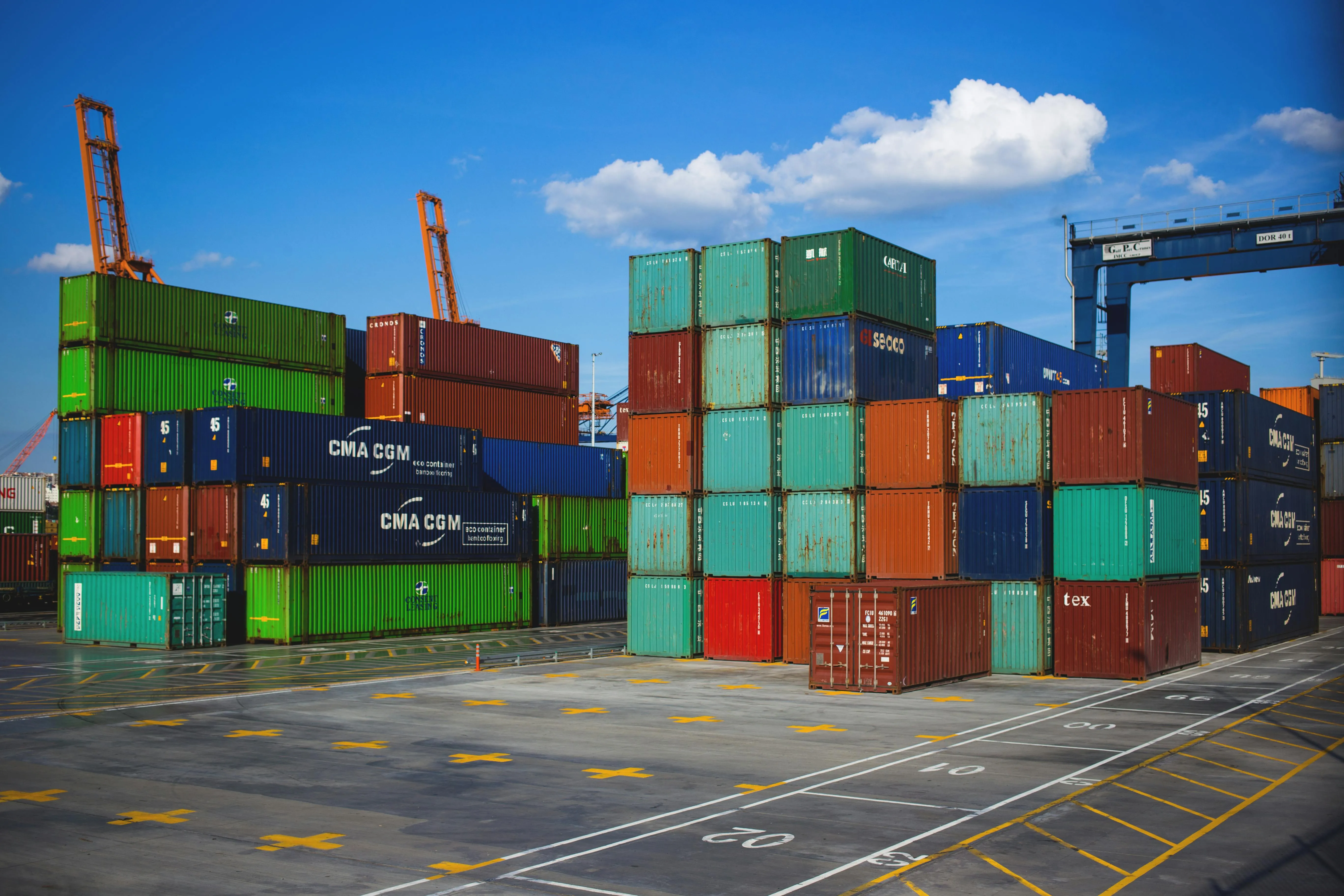
Image by freestocks.org from Pexels
It is a more cost-efficient method as you can load all your container cargo in one high cube container instead of two or more standard containers.
Dimensions of 40ft HC Dry Container
High cube containers are available in two sizes: 40ft high cube and 45ft high cube. The 40ft HC is the same as the 40ft container but with extra height. Here are the container dimensions of the 40ft and 45ft high cube containers:
| Measurements | 40ft HC | 45ft HC |
|---|---|---|
| Internal length | 12.03m/39.5ft | 13.55m/44.5ft |
| Internal width | 2.35m / 7.7ft | 2.35m / 7.8ft |
| Internal height | 2.70m / 8.10ft | 2.70m / 8.10ft |
| Tare weight | 3,900kg / 8,598 lbs | 4,800kg / 10,552 lbs |
| Payload capacity | 28,600 kg / 63,052 lbs | 27,700kg / 61,067 lbs / ~30.5 tons |
| Cubic capacity | 76.3 m³ / 2,694.5 cu ft | 86 m³ / 3,037 cu ft |
What Are the Most Common Container Sizes?
The dimensions of shipping containers vary in length, width, and feature. The most common container sizes are 10ft, 20ft, and 40ft., all around 8ft wide.
How Many Boxes Can You Fit in A Standard 20ft Container?
A 20ft container has a usable capacity of 33 cubic meters. With a floor space of 150ft², it can fit the content of a three-bedroom house.
A 20ft container will be able to fit 50-60 fridges or 100 washing machines or 400 flat-screen TVs.
The 20-foot-high standard container can also hold 10 pallets when using an American pallet with the dimensions 1.016m x 1.219m.
How Many Boxes Can You Fit in A Standard 40ft HC Container?
A 40ft high cubic container can take a maximum weight of 28,600 kg.
However, there are limitations depending on the shipping line. With an American pallet with dimensions 1.016m x 1.219m, the 40-foot-high cube container can hold 21 pallets, just more than double that a 20-ft container can hold.
Other Commonly Used Container Sizes in the USA And Their Size Guide
Here are some other commonly used container sizes in the USA and their size guide -
| Container | Length(ft) | Width (ft) | Height(ft) | Tare Weight (kg) | Max Payload (kg) |
|---|---|---|---|---|---|
| 20ft Double Door Shipping Container | 19.4 | 7.7 | 7.9 | 2,300 | 25,000 |
| 40ft HC Reefer Shipping Container | 37.9 | 7.5 | 8.4 | 4,480 | 29,520 |
| 20ft Insulated Shipping Container | 18.9 | 7.4 | 7.0 | 2650 | 21,350 |
| 40ft Open Top Shipping Container | 39.5 | 7.9 | 7.7 | 3,980 | 26,500 |
| 20ft Flat Rack Shipping Container | 19.5 | 7.7 | 7.7 | 2,360 | 30,140 |
Size Guide for Standard Containers Of Different Types

Image by Julius Silver from Pexels
Dry Storage container
They are mostly used for transporting dry goods. Dry containers account for 89% of the ocean transport fleet, according to Drewry Maritime Research.
Dimensions: They are available in 20ft and 40ft sizes.
Refrigerated Container
Mostly used for Refrigerated containers to transport dairy or food products.
Dimensions: These are available in 20ft and 40ft. The dimensions for 20ft are 5.44 x 2.29 x 2.27m. It can carry 27,400 kg cargo weight. The dimensions for 40ft are 11.56 x 2.28 x 2.25m and can carry 27,700 kg cargo weight.
The small dimensions are due to the thick walls. They are more expensive since there are additional charges for various facilities. They are equipped with a reefer machine to change the temperature accordingly.
Flatrack Container
The flat rack containers carry overwidth and overhigh cargo like machinery, vehicles, etc. These are also used for out-of-gauge cargo that needs equipment to load and unload.
Dimensions: The flat rack containers are available in 20ft and 40ft. The 20ft is available in 5.94m (L) x 2.35m (W) x 2.35m (H). The container has a payload capacity of 30,140kg with a volume of 32.7 m³. For 40ft, the dimensions are 12.13m (L) x 2.40m (W) x 2.14 m (H). The container has a payload capacity of 40,000 kg with a volume of 62.2 m³.
Open Top Container
Open-top containers carry unwieldy cargo that conventional containers cannot. They have an open top along with side doors.
Dimensions: The dimension for 20ft is 5.89 x 2.35 x 2.35m. The container can take 28,220 kg cargo weight and has a 32.7m³ cubic capacity. The dimensions for 40ft is 12.03 x 2.4 x 2.34m. The 40ft container can take 26,500 kg cargo weight with a 66.7 m³.
Insulated Container
Insulated containers are mostly used to transport non-durable sensitive goods. The most important task is not to break the cold chain. To ensure greater longevity of the product, they stall their development.
They can transport goods without an accessible power source with a standard temperature. They can prevent abrupt and constant changes in temperature.
Dimensions: The dimensions of a 20ft insulated container is 5.75 m(L) x 2.26 m(W) x 2.11m(H).
Use our meter to feet converter if you need to calculate these dimensions in feet. We have also summarized them below.
| Type | Length (ft) | Width (ft) | Height (ft) | Capacity (kg) |
|---|---|---|---|---|
| 20ft Dry storage | 19.4 | 7.7 | 7.8 | 25,000 |
| 40ft Dry storage | 39.4 | 7.7 | 7.8 | 27,600 |
| 20ft Refrigerated | 17.8 | 7.5 | 7.4 | 27,400 |
| 40ft Refrigerated | 37.9 | 7.5 | 7.4 | 27,700 |
| 20ft Flatrack | 19.5 | 7.7 | 7.7 | 30,140 |
| 40ft Flatrack | 39.8 | 7.9 | 7.0 | 40,000 |
| 20ft Open top | 19.3 | 7.7 | 7.7 | 28,220 |
| 40ft Open top | 39.5 | 7.9 | 7.7 | 26,500 |
| 20ft Insulated | 18.9 | 7.4 | 6.9 |
What Are Containers Made Of?
Shipping containers are usually made of steel. The most common type of steel used is called "Cor-Ten" or weathering steel. However, Corten steel is an alloy: it is a mixture of steel and other metals that was developed to eliminate the need for painting.
This special type of steel is designed to develop a thin rusty layer after being exposed to the weather for a few years. This rusty layer actually helps protect the container from further damage caused by rust.
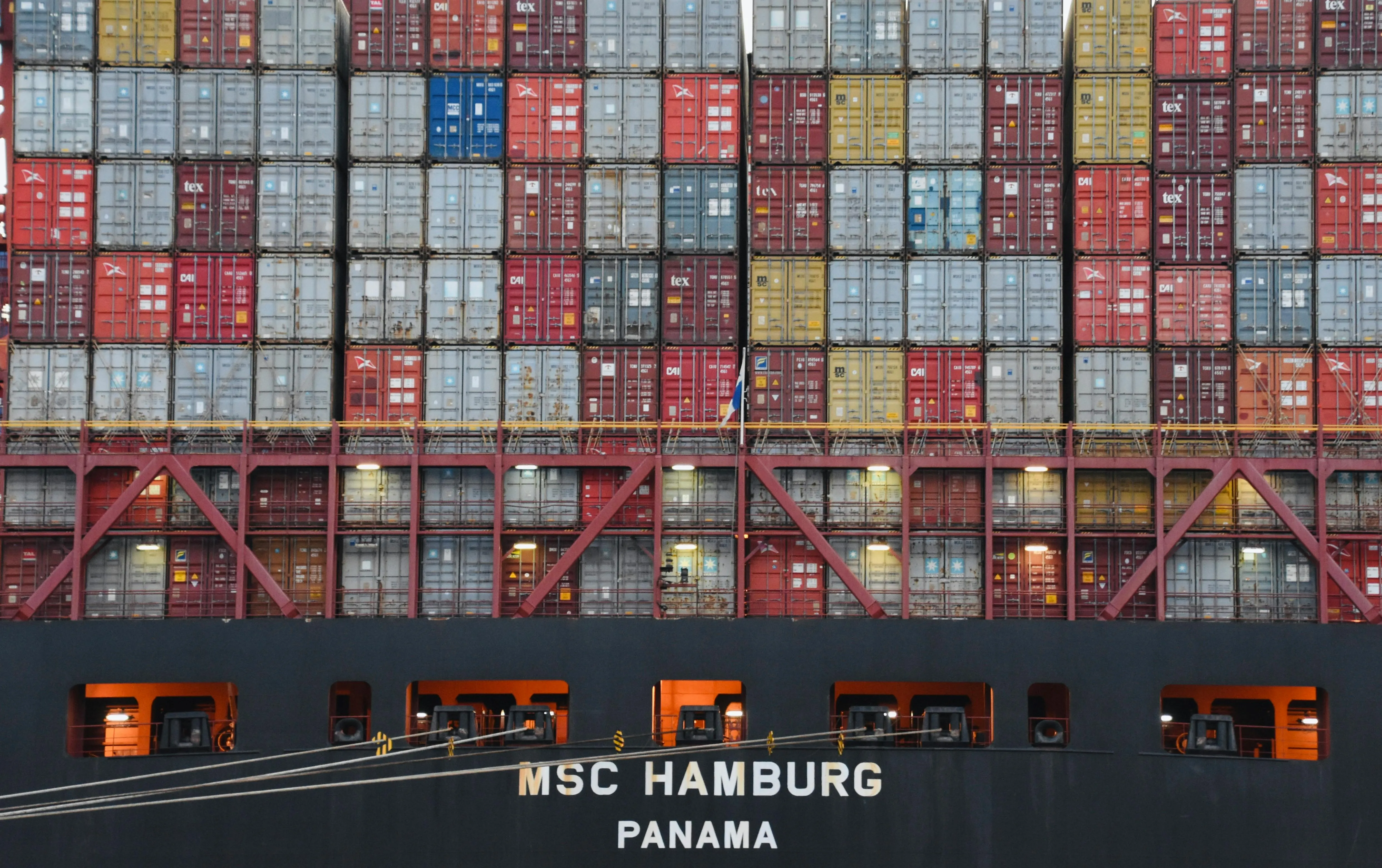
Image by Jonas F from Pexels
The steel used to make shipping containers is typically between 12 and 16 gauge thick, although some containers may be thicker or thinner depending on their intended use. The steel panels are welded together to create a rigid structure, and the container is typically fitted with doors at one or both ends for loading and unloading cargo.
Exceptional Containers Materials
Corten steel is not the only thing that containers are made of. Various other materials are used as well, such as wood, bamboo, reusable plastic, carbon steel, stainless steel, woven synthetic material, etc.
Conclusion
Standardization has revolutionized the shipping industry. Everything is easier to classify and transport now. If you are interested in the shipping containers, what is available, and which is appropriate for you, follow our guide. We have mentioned everything, from the dimensions of standard shipping containers to their use, materials, and size guide in various sizes and types.
